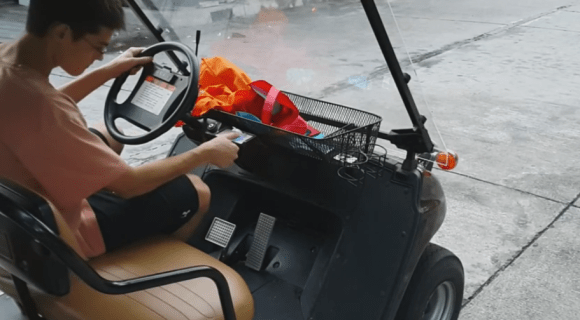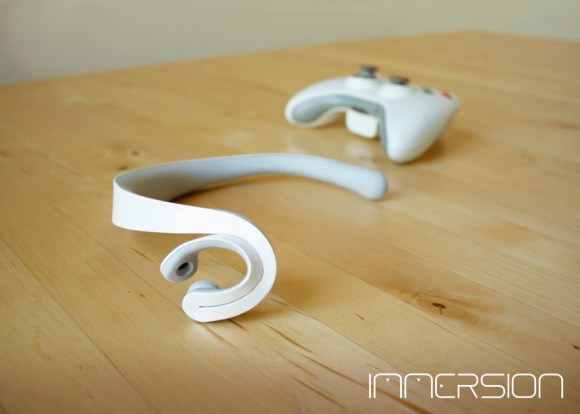
Who uses keys these days, really? Introducing the world’s first(?) biometric secured golf cart. Gives “push to start” a whole new meaning!
[Ramicaza] lives in a small community where many families (including his!) use golf carts to commute short distances, like to the grocery store, or school. Tired of sharing a key between his parents and siblings, [Ramicaza] decided to soup up his ride with a fingerprint sensor allowing for key less start.
He’s using an ATtiny85 and a GT511-C1 finger print sensor from SparkFun. After throwing together a circuit on a breadboard and testing the concept he went straight to a PCB prototype for install in the cart. What we really like is the case he integrated into the golf cart’s dash. It features a flip-up lid which turns the circuit on when it is opened, and off when it is closed to save battery. Scan your finger and a relay triggers the ignition allowing you to drive away.
Continue reading “Biometric Secured Golfcart Allows For Keyless Start”












